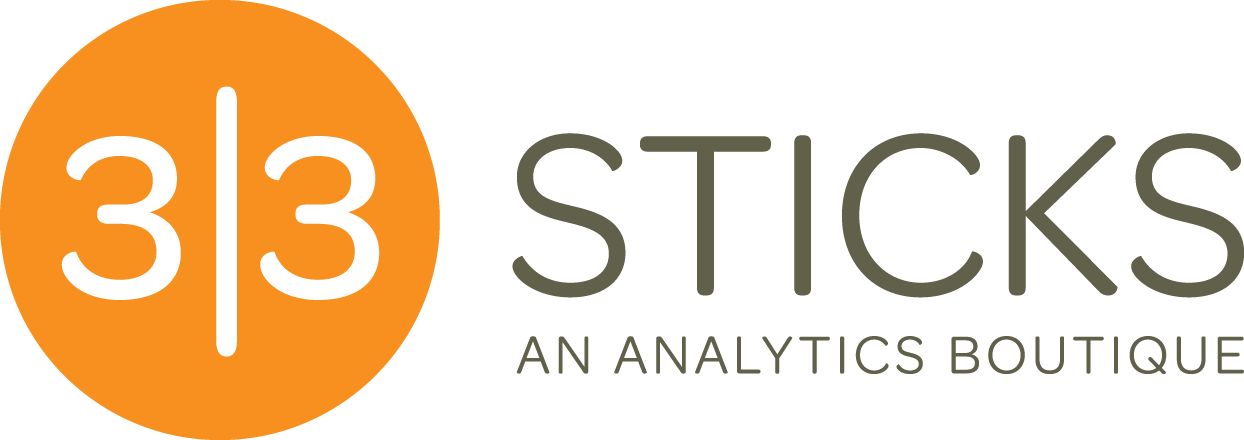Avoid the Dangers of the Thud Factor
The Thud Factor
\ ˈthəd \ - \ ˈfak-tər \
Definition of The Thud Factor
1: a long held practice of consulting firms and agencies in which the value of their engagement is calculated by the client based on the loudness of the final deliverable, contained in an over-sized 3-ring binder, landing on a dusty, outdated conference room table.
We were overall dissatisfied with our consulting engagement but when the team came in and tossed a fat 3-ring binder on the table, it landed with such a loud thud that we instantly changed our mind and unanimously felt this was the greatest consulting engagement we’d ever been part of.
People, and therefore organizations, want to feel comfortable and consulting firms know this very, VERY well and know just how to take advantage of the situation. To clients, there is something incredibly comforting about a very meaty deliverable landing on their desk. It actually could be a line from a Seinfeld episode where Elaine (and the Sidler) are trying to impress Peterman by handing him an oversized deliverable.
PETERMAN: Ah, yes. Well this certainly looks like a lot of words. In record time. I'm very impressed...with both of you.This thud factor tends to impress most clients but the reality is that it is often worthless, they may feel good about the results but any real digging into the deliverable would show them that it’s just….well Peterman puts it best:
PETERMAN: Unfortunately, I am also disgusted. This is incoherent dribble! This is a total redo and I'm assuming I need it right away.Most consulting organizations that leverage The Thud Factor don’t expect to run across a Peterman that actually looks at their deliverables with a critical eye and so the practice carries on, fooling customers into thinking they are getting something of value when all they are really getting is an overly engineered template of Lorem ipsum.
Let us leave you with a quick illustration of how this works.
Let’s say the client buys Service A and that said client is in the hospitality industry. As the consultant, this would give you a mapping to a template to use for their deliverable. A massive document, printed out and added to a 3-ring binder, it would create quite the thud when landing on one’s desk. Your job as the consultant would be to use an elaborate macro that would add the client’s business name throughout the document as well as place the clients logo in key locations within the document. The only real work you have to do is to grab a few screenshots from the client’s website and place them into pre-defined placeholders throughout the document. Convert to PDF, attach to email, and SEND!
If you are in the position to buy outside consulting, it’s in your best interest to know that this practice, The Thud Factor, is very much alive and well today, even in a primarily digital first world. So ask yourself, what am I paying for? Am I paying for a false sense of comfort based on the perceived size of a deliverable or am I paying for an actual expert to not only come in and help fix my problems but to make me feel better about my job in the process?
If you work for a consulting firm, if you manage a services company, be upfront and honest with yourself, are you taking advantage of your customers, using their need to feel comfortable, to half-ass your work in order to increase your margins? If so, you should ask yourself, is it time to find a new employer? Is it time for you to finally find your voice and start to stand up for your customers best interests?
